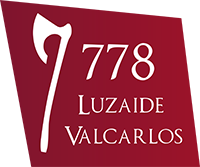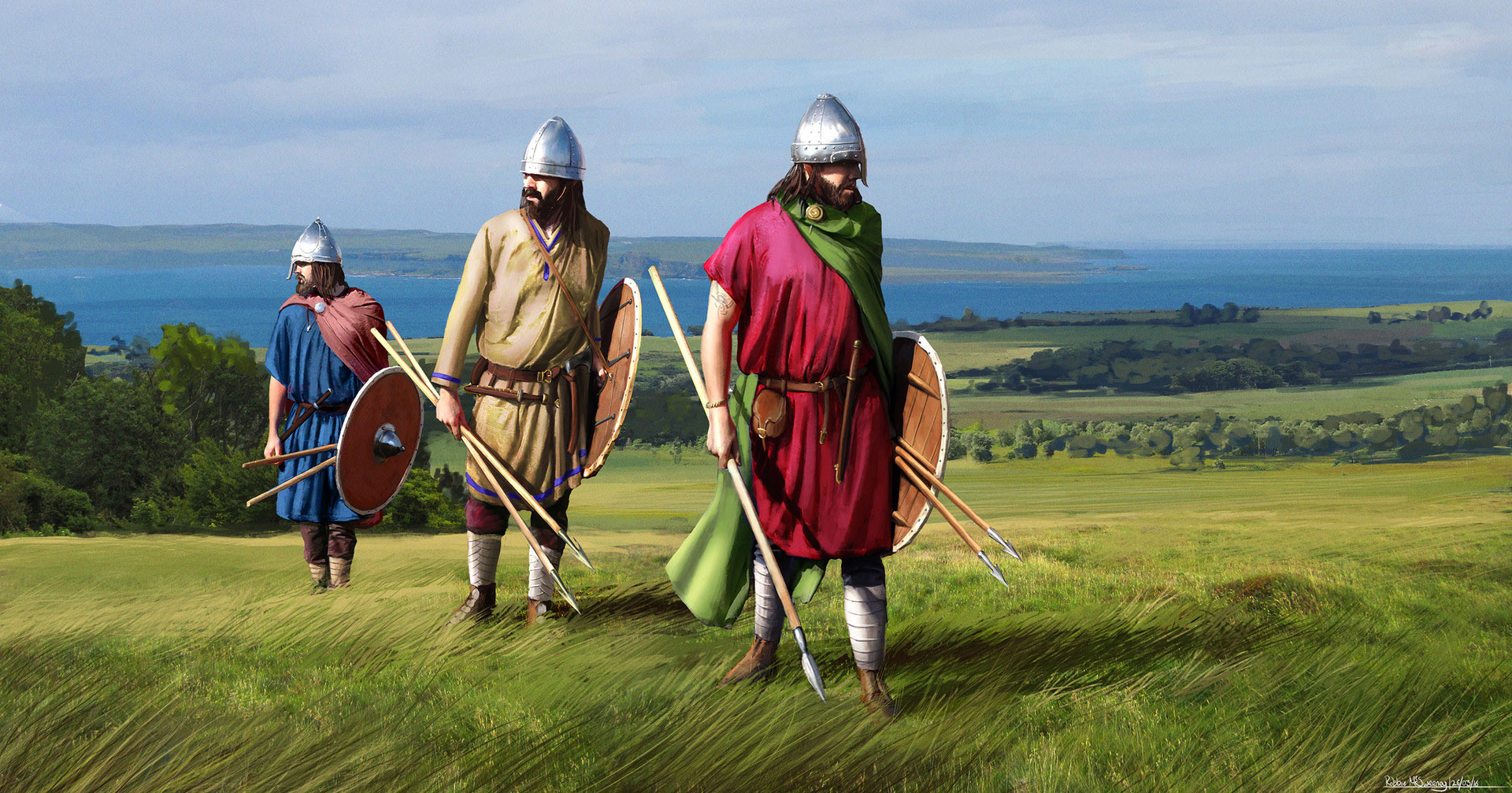Emperor Charlemagne intended to create the Spanish March to the south of the Pyrenees, a highly militarised administrative unit under his reign. This March would serve to defend the southern border of the Frankish kingdom against the Vascones and Islam. For this purpose, in the year 778, he organised a large army, consisting of two ‘impeditus‘ (meaning encumbered, as they carried their own gear) legions: around 20,000 men and 800 carts dragged by 1,600 beasts of burden.
So, the Frankish army headed towards Saraqusta (Zaragoza) with its legions. When they arrived at the gates of the city, Hussain ibn Yahya al-Ansari, the Governor of Saraqusta, decided not to open the gates to the Frankish King as had been previously agreed. Thus, with the plan to create the Spanish March having failed, Charlemagne decided to return via Pampeluna (Iruña) and, when he arrived there, he gave orders to destroy the Vascones’ city walls “so that they did not declare that they were in revolt“.
After this event, the famous Battle of Roncesvalles (also known as the Battle of Roncevaux Pass) took place:
- 11 August 778. Charlemagne and his troops leave Pampeluna for his domains.
- 14 August 778. After four days of hard marching, he sets up camp on the Errozabal plain (near to what is now Roncesvalles).
- 15 August 778. The Frankish army ups camp and heads towards Donibane Garazi/San Juan Pie de Puerto via Luzaide/Valcarlos.
- On that same day, the Vascones, hiding in the beech forests on the hillsides that flank the road towards Luzaide/Valcarlos, allowed the vanguard of the Frankish army to pass through the Ibañeta pass. They then immediately attacked the main body of the army.
In Vita Karoli Magni, Einhard, the writer and biographer of Emperor Charlemagne describes how the Vascones managed to surprise the Carolingian troops by literally throwing themselves onto the central column of the army and engaging in hand-to-hand combat, in which they had an advantage thanks to their position in the battlefield and their lightweight uniforms and weaponry. In Annales de gestis Caroli magni imperatoris libri quinque, Poeta Saxo describes how the Vascones “wreaked havoc throughout the entire army“.
The sources record that the Franks were cast to the bottom of the valley, with every last man being slaughtered. Charlemagne hastily fled through Luzaide/Valcarlos, leaving his men and the dead behind. He would never again step foot in Vasconia and this defeat was not recorded during the Emperor’s lifetime.



